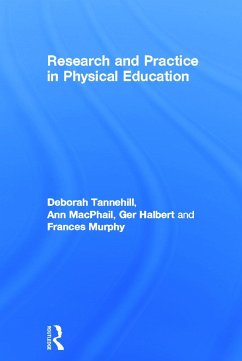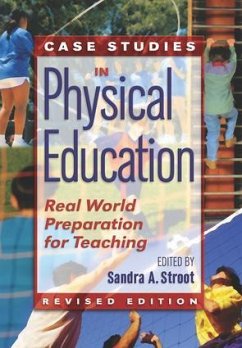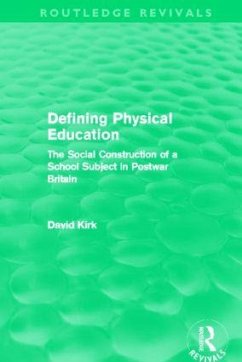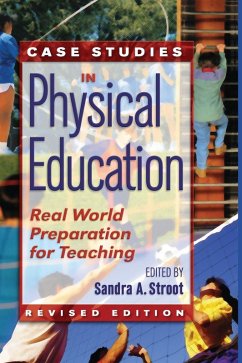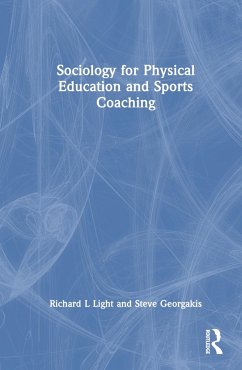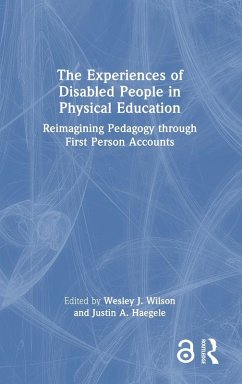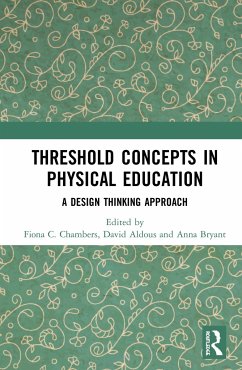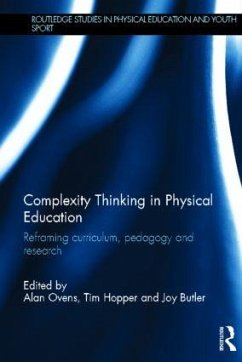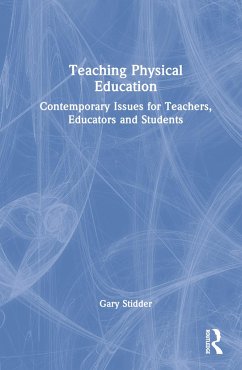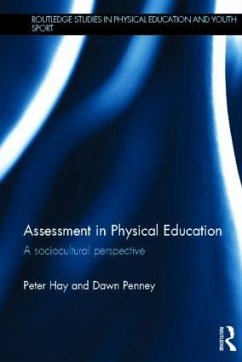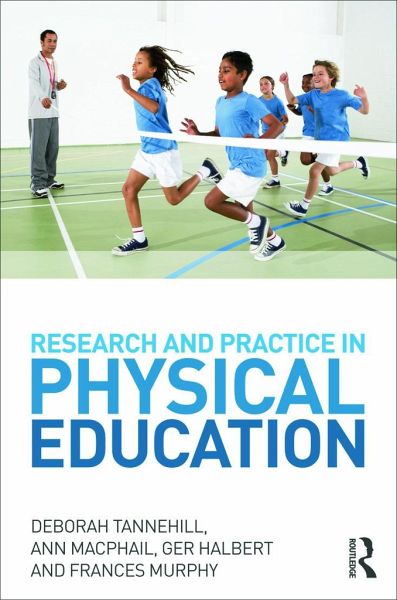
Research and Practice in Physical Education
Versandkostenfrei!
Versandfertig in 1-2 Wochen
68,99 €
inkl. MwSt.
Weitere Ausgaben:

PAYBACK Punkte
34 °P sammeln!
Research findings in education can provide invaluable insight into how teaching practice can be improved, but research papers are often inaccessible and hard to digest. This innovative new text is designed to assist physical education¿students, pre-service teachers, practising teachers and teacher educators to learn how to read research and to apply it to practice in primary and secondary physical education. The text also provides insights and implications for those working with young people in physical activity and sport settings. The book presents a clear, step-by-step guide to how to read ...
Research findings in education can provide invaluable insight into how teaching practice can be improved, but research papers are often inaccessible and hard to digest. This innovative new text is designed to assist physical education¿students, pre-service teachers, practising teachers and teacher educators to learn how to read research and to apply it to practice in primary and secondary physical education. The text also provides insights and implications for those working with young people in physical activity and sport settings. The book presents a clear, step-by-step guide to how to read and interpret research, followed by a series of short and engaging introductions to contemporary research studies on key topics in physical education, from classroom management and programme design to assessment and social issues. Each study is discussed from the point of view of researcher, teacher educator¿and primary and post primary teacher, providing the reader with invaluable insight into how to use research to generate new ideas and improve their teaching practice. Research and Practice in Physical Education is the perfect companion to any course in research methods, current issues, learning and teaching, or pedagogy and curriculum in physical education.





